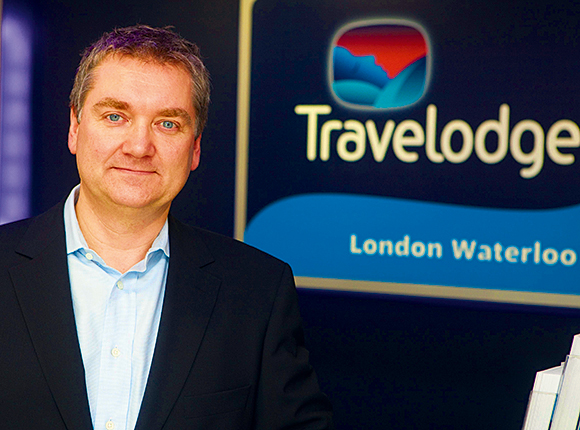As a well-known restaurateur and voracious networker in Kathmandu, I received many letters every week from very respected acquaintances, diplomats and business people whom we met on the expat 'social circuit'.
However there was one thing - the most important element in forming a great 'first impression' - that many of these correspondents fell down on which consequently undid all the good work they invested in their brand. I am of course talking about that piece of paper we set aside when reading a letter - the envelope it came in.
 So while you're opening up your new box of restaurant business cards, ask yourself if the chef's cooking is as consistent as the printer's guillotine. Or while your Twitter account is responding in minutes (or seconds) to every rant or reservation enquiry, is your website allowing people to contact you calmly and rationally before they have to resort to Twitter.
So while you're opening up your new box of restaurant business cards, ask yourself if the chef's cooking is as consistent as the printer's guillotine. Or while your Twitter account is responding in minutes (or seconds) to every rant or reservation enquiry, is your website allowing people to contact you calmly and rationally before they have to resort to Twitter.
Usually these were impeccably written notes on beautifully textured weighted paper, some headed up with a colourful logo and all concluding with a carefully considered signature. Each one was very thoughtful and gave a very good perception of the sender.
 |
| What you do is not the same as what you think you do. |
All too often the shabbiness and lack of care that went into the envelope and address label was surprisingly poor. After setting the perfect tone about their personal - or business - brand, they made the mistake of handing it over to a poorly trained PA or messenger to send out on their behalf. These were busy people after all; far too important for such a trivial task! This ensured that certain details were overlooked. For example, this assistant would innocently stick it in a cheap, badly made envelope. As for the 'label', the secretary's trick was to print my name and address on a piece of A4 paper and cut out what resembled a square with a pair of scissors before sticking it on the front with a dab of Prit Stick glue. There, perfect.
The surreal thing was, and this is no exaggeration, on more than a few occasions it was then delivered by a chauffeur who would arrive in a big car only for my staff to see it addressed to (sic) 'Mr. Tomas', 'mr. Kirloy' or worse still, 'mr. Tomas Kirloys' (since the restaurant was called Kilroy's of Kathmandu' I can only assume they thought the 's' was part of my surname.) Inside, I found my name was spelled perfectly.
At the time it made me laugh, but it also taught me a hugely valuable lesson: your brand is not what you think you portray, but what other people and businesses perceive it to be.
 So while you're opening up your new box of restaurant business cards, ask yourself if the chef's cooking is as consistent as the printer's guillotine. Or while your Twitter account is responding in minutes (or seconds) to every rant or reservation enquiry, is your website allowing people to contact you calmly and rationally before they have to resort to Twitter.
So while you're opening up your new box of restaurant business cards, ask yourself if the chef's cooking is as consistent as the printer's guillotine. Or while your Twitter account is responding in minutes (or seconds) to every rant or reservation enquiry, is your website allowing people to contact you calmly and rationally before they have to resort to Twitter.
With the best will in the world, you can try to micromanage every aspect of your brand's presentation, but you can't control the subjective response your brand receives. You can however influence that perception. And that requires real instinct and feel for what works in each channel.
The same brand can have multiple personalities across a range of channels. I know this sounds counterintuitive, but it does work as long as these messages are kept consistent.
Apple is a great example of this where it's brand presentation is very corporate during their quarterly Earnings Conference Call, very innovation-led during the CEO's annual WWDC Keynote and very much emotionally charged in its product and end-user positioning. Different messages aimed at different audiences who connect through different channels. And let's not forget the millions of brand iterations created by fans. They may not be 'on brand', but they resonate more acutely than perhaps the brand can by itself.
If you need your brand to appear more corporate in one channel (for the Bank Manager perhaps) and perhaps more 'folksy' in another (I'm thinking your Customers here), this is possible as long as:
- everyone in your organisation knows the difference between the two.
- everyone in your organisation knows why you require that positioning.
- those messages are kept separate and kept consistent.
- that those messages do not dilute the brand as a whole, but serve to create a stronger presence with different stakeholders.
Knowing which parts of your brand integrity you can control and which should be allowed to grow organically are the key to building a strong presence that appeals to the widest possible audience.













